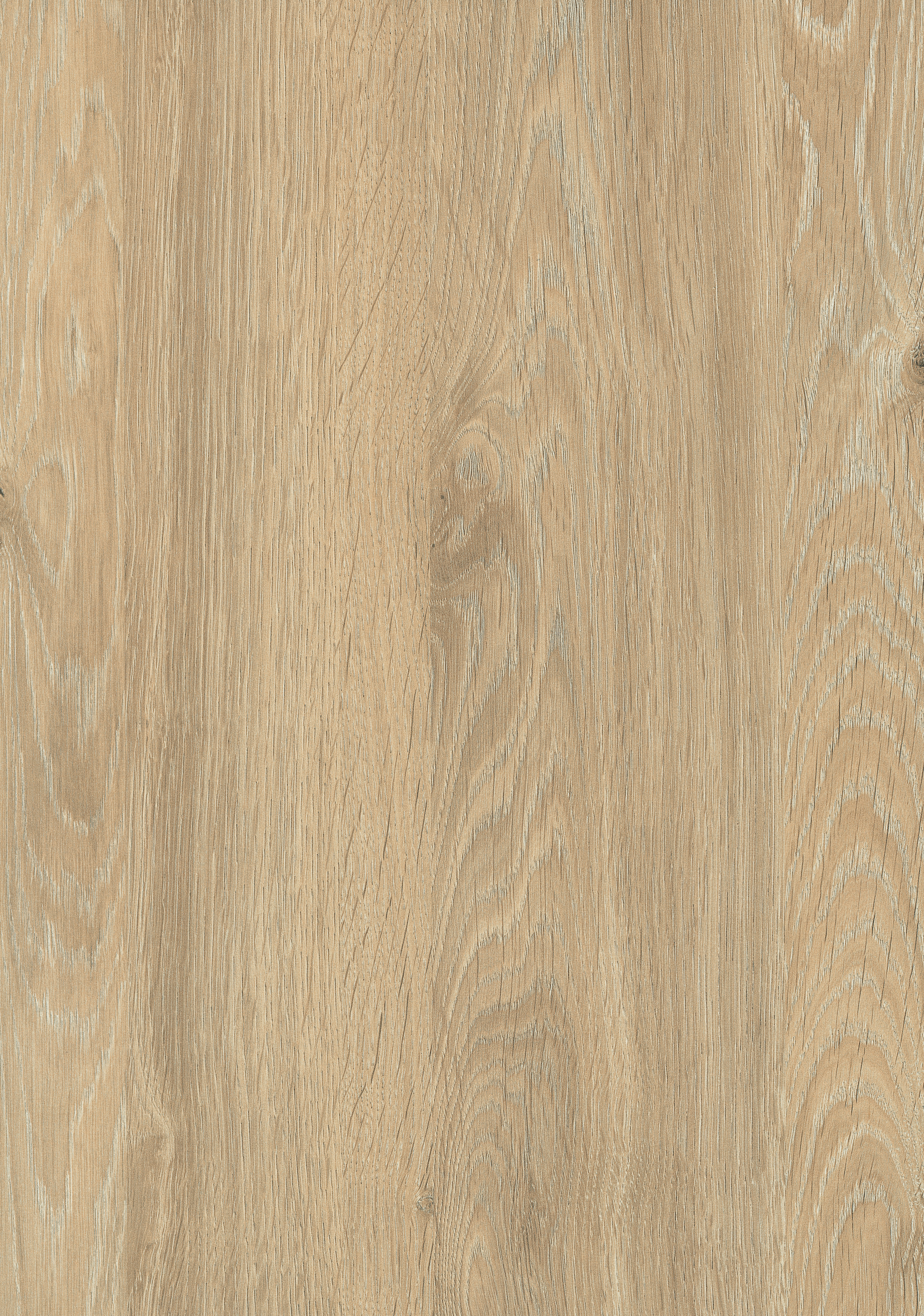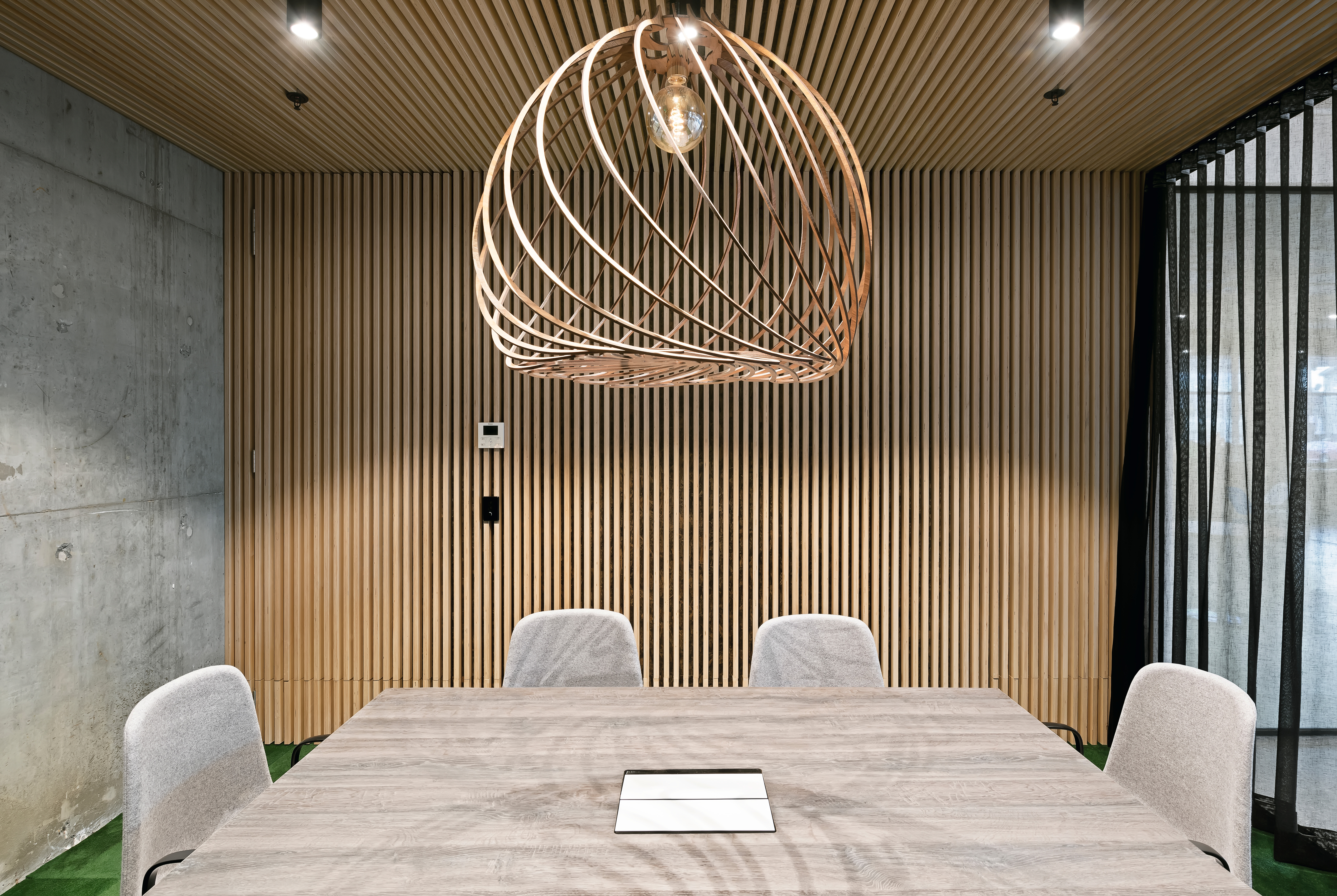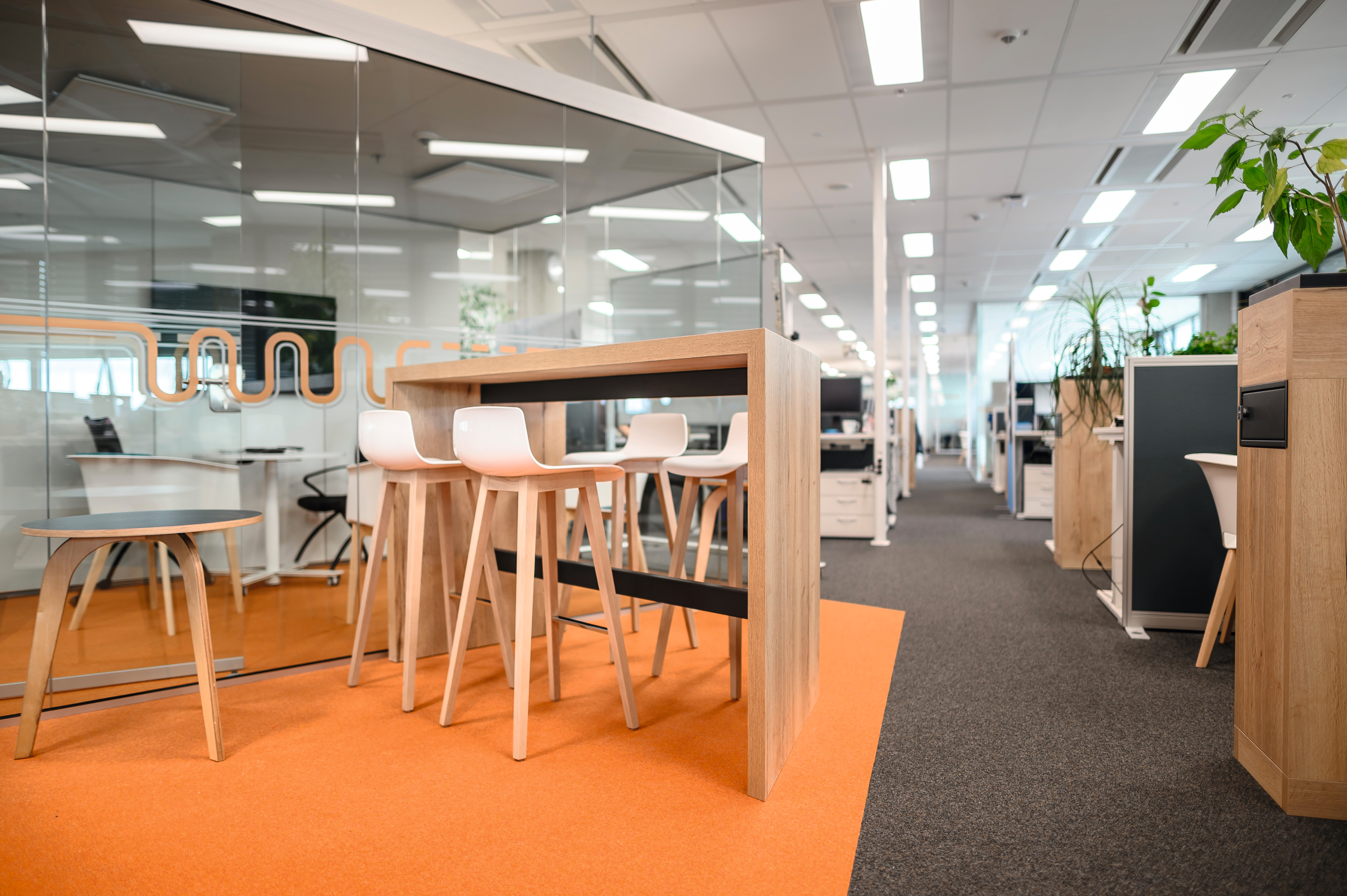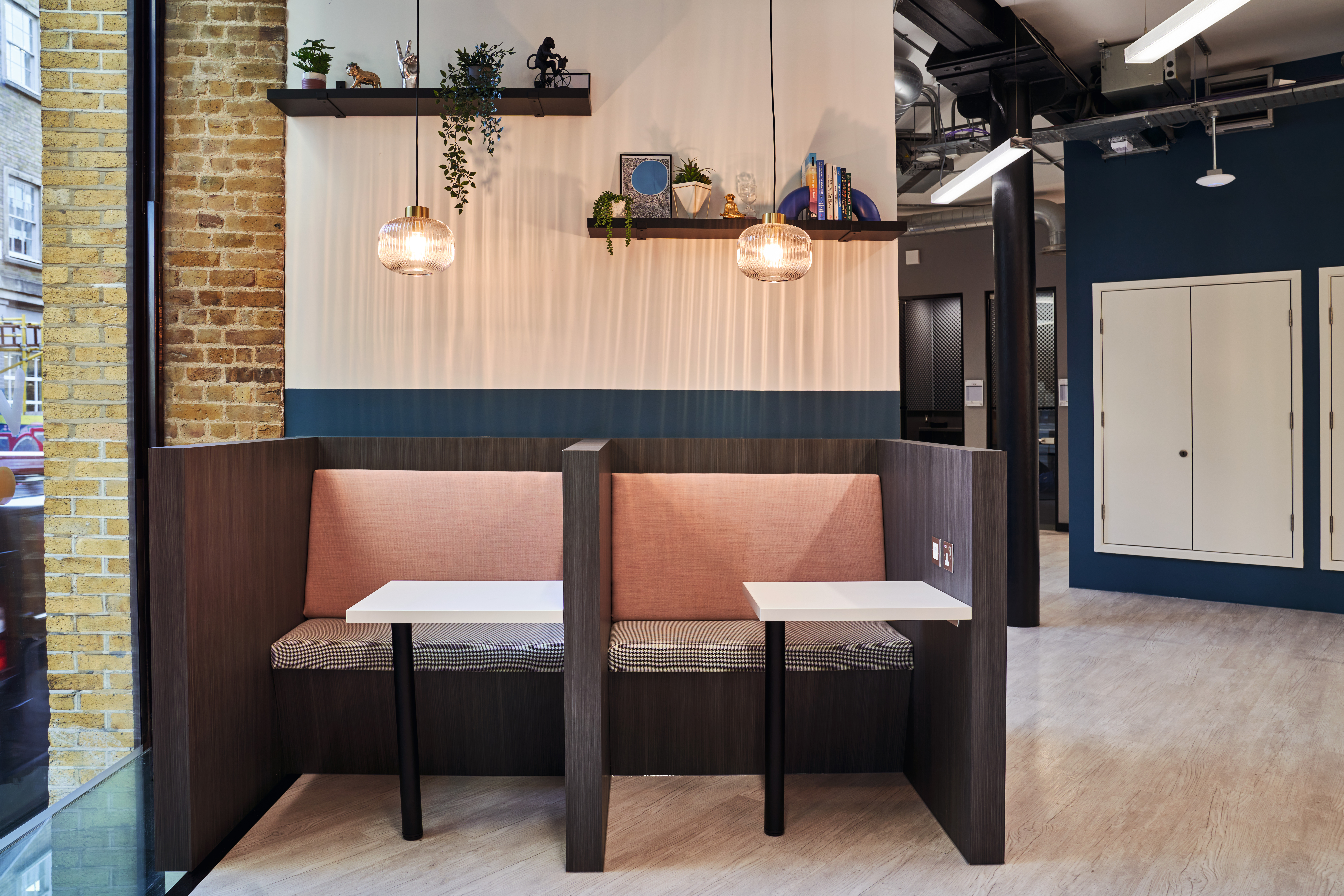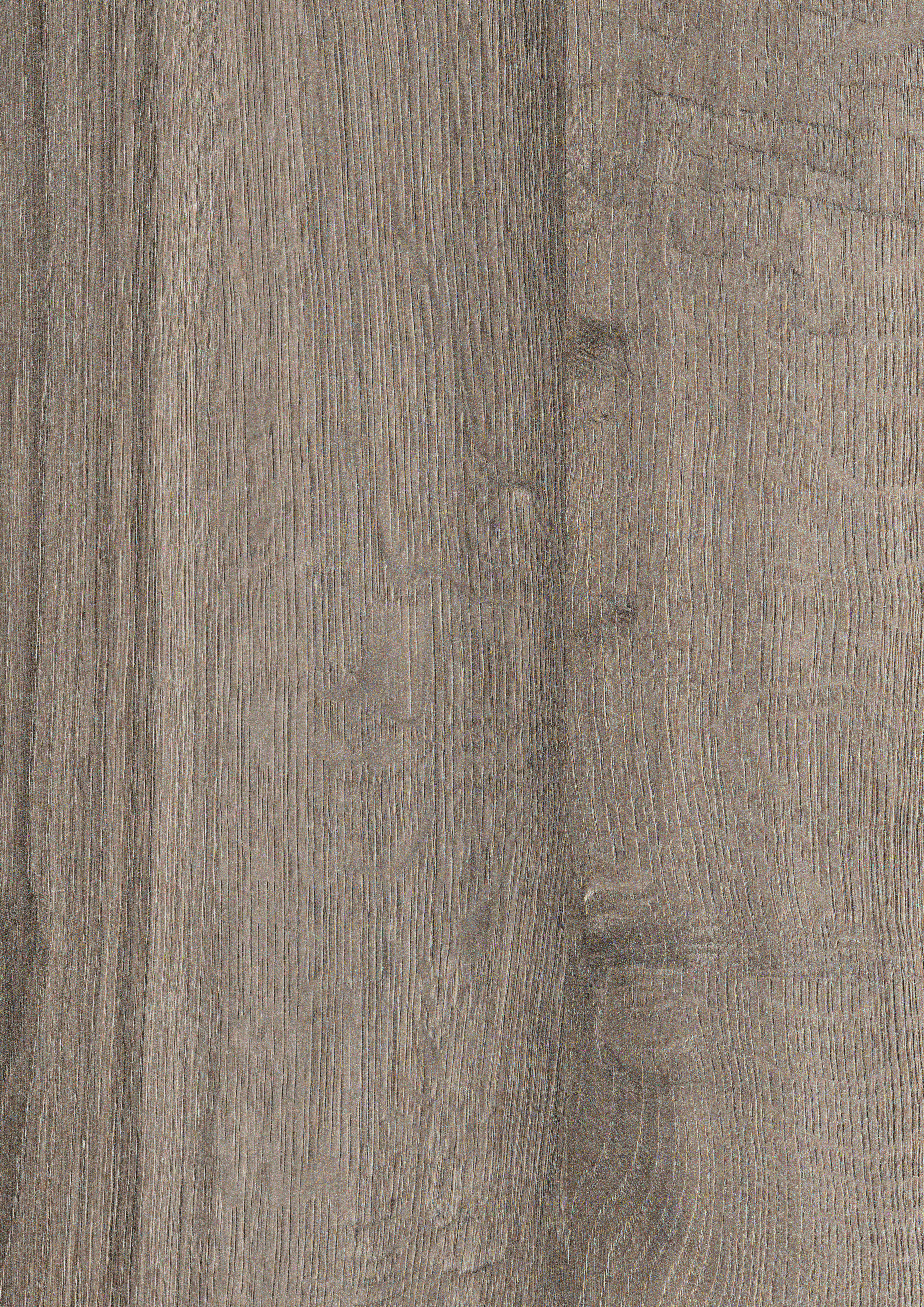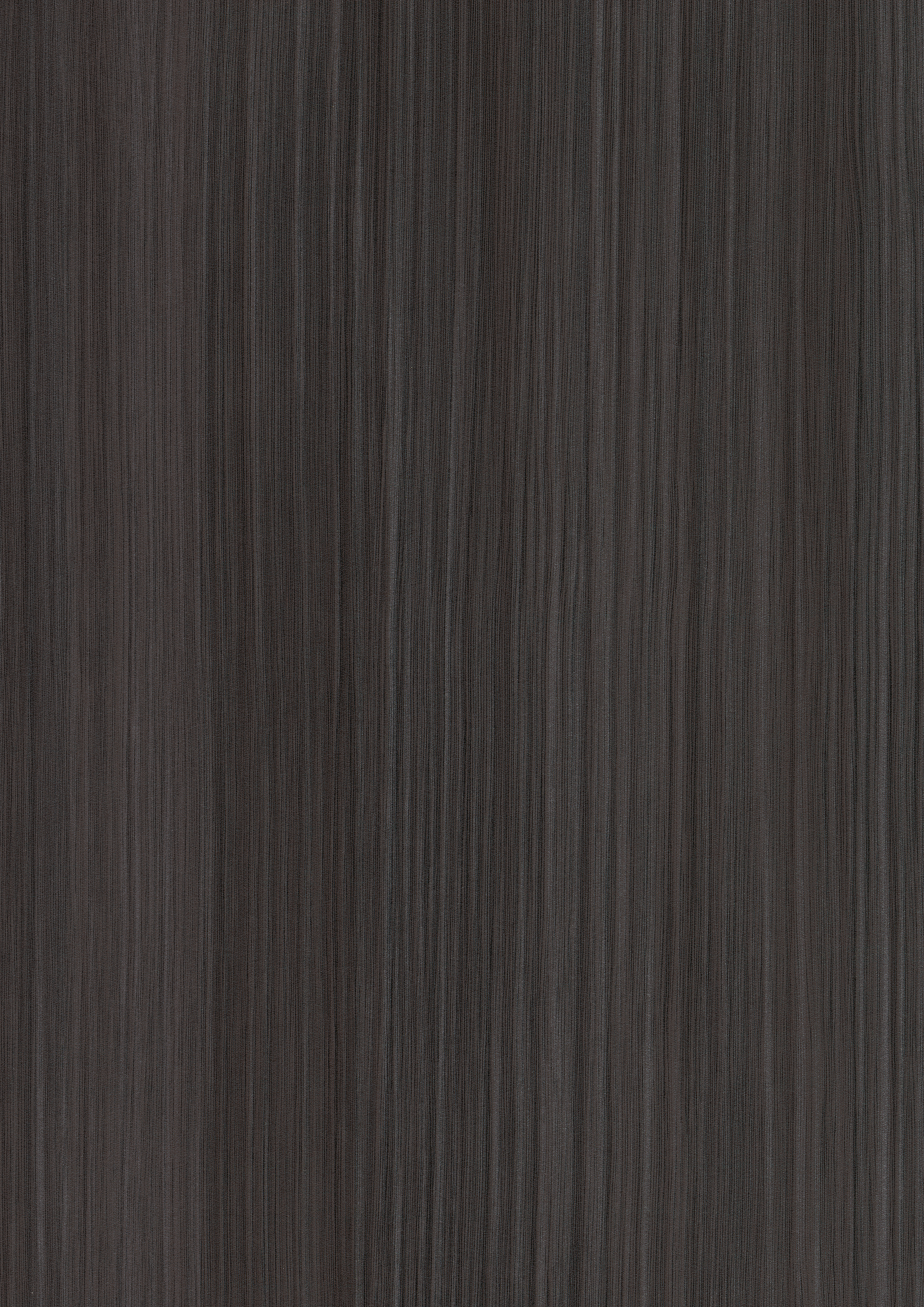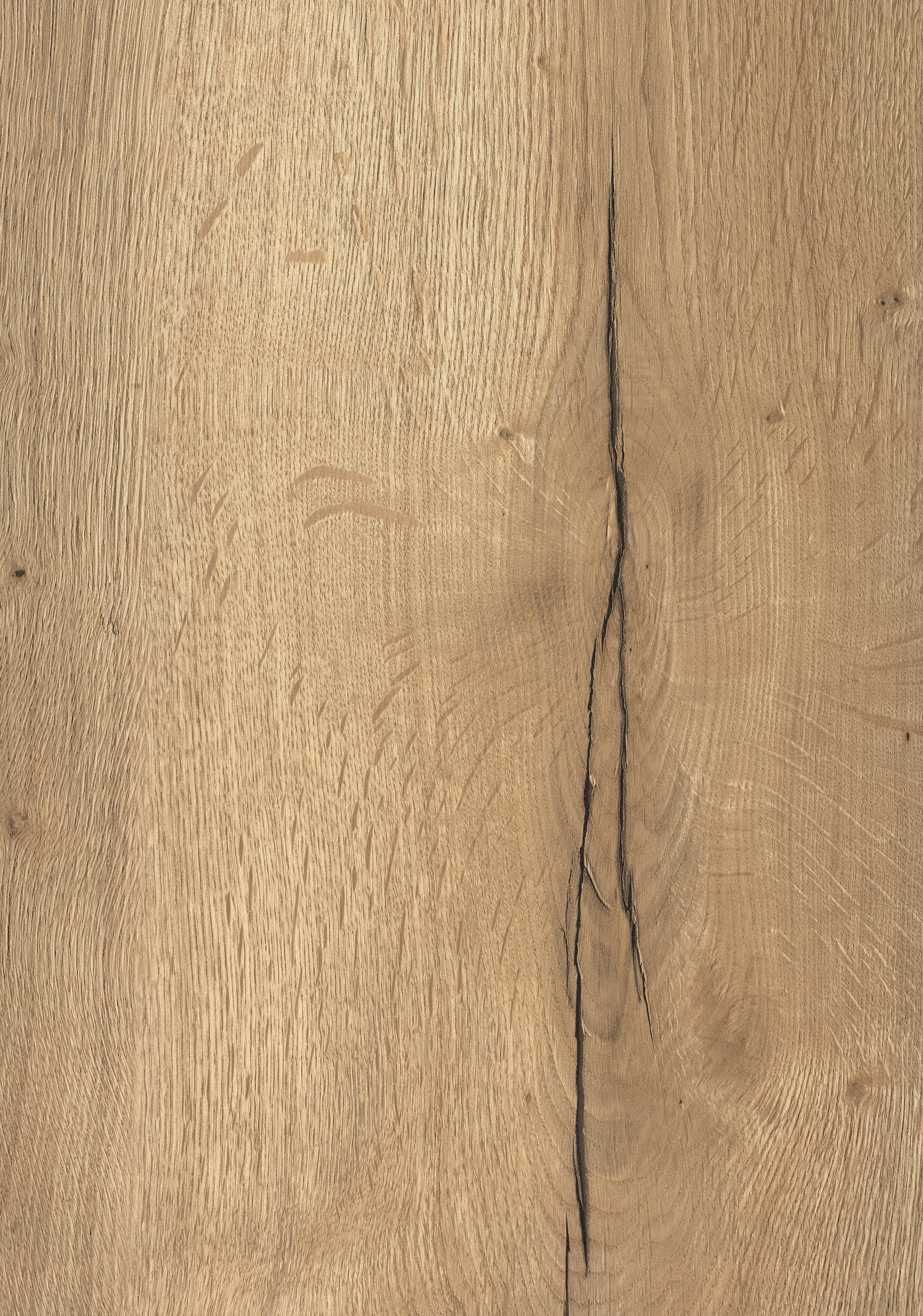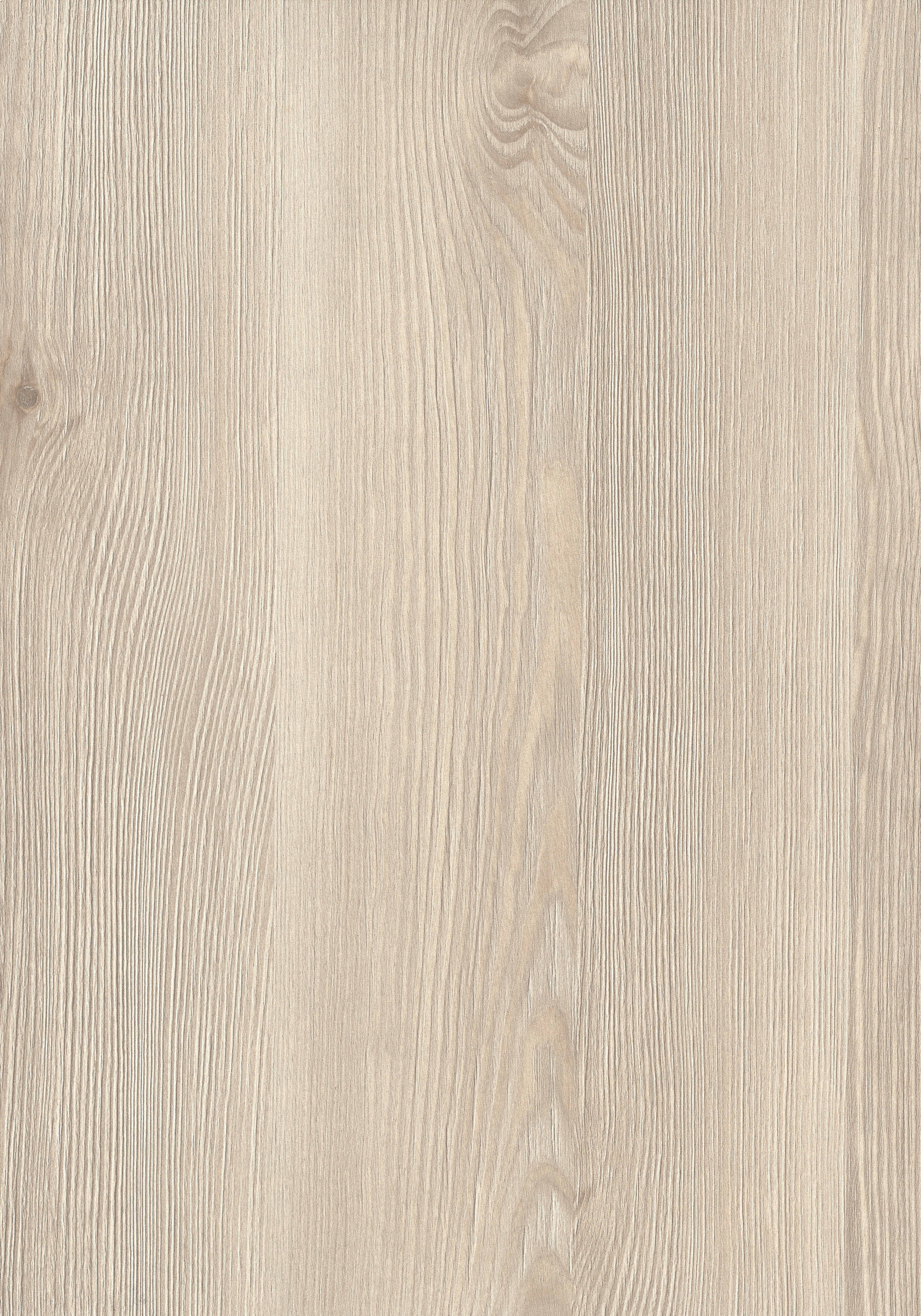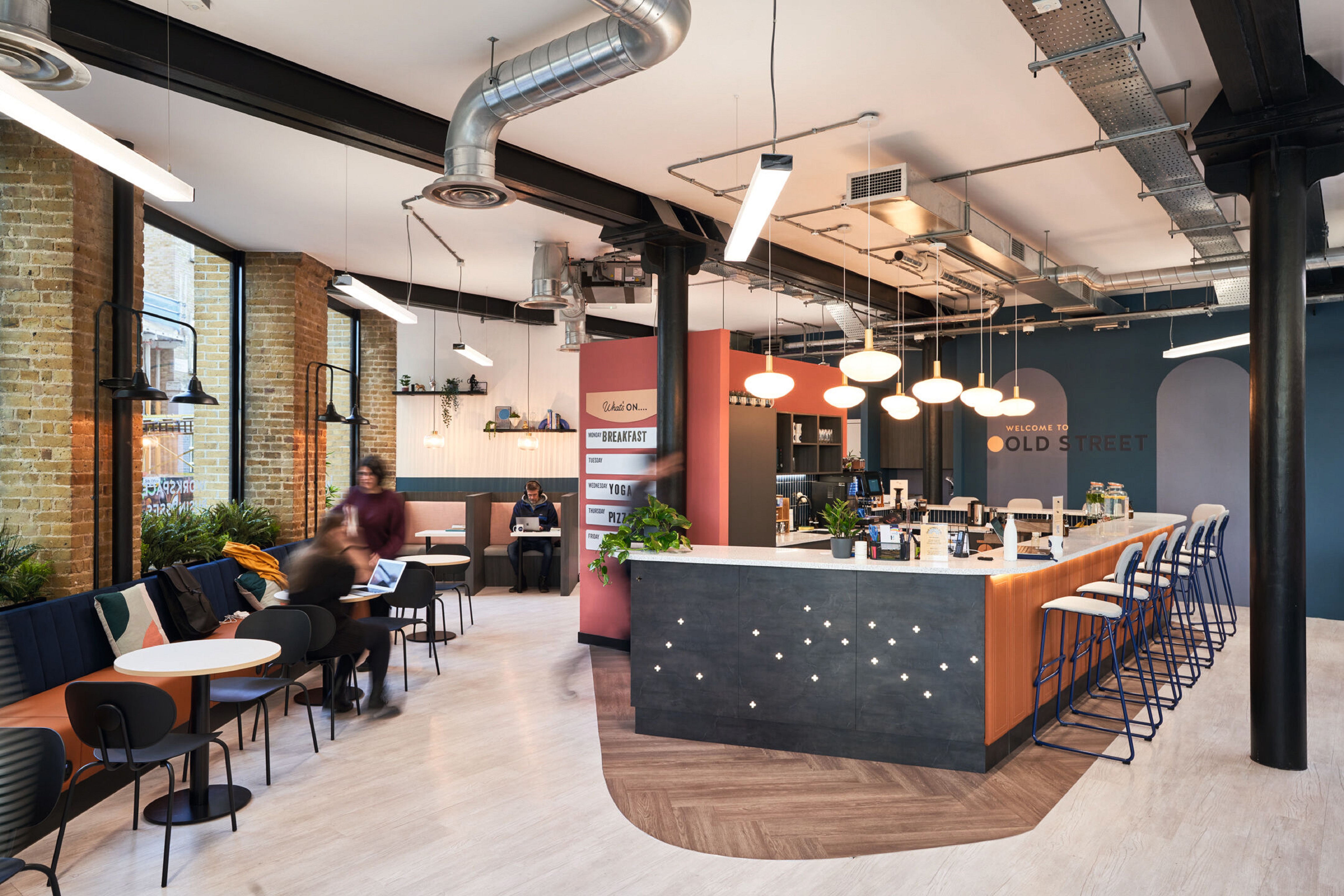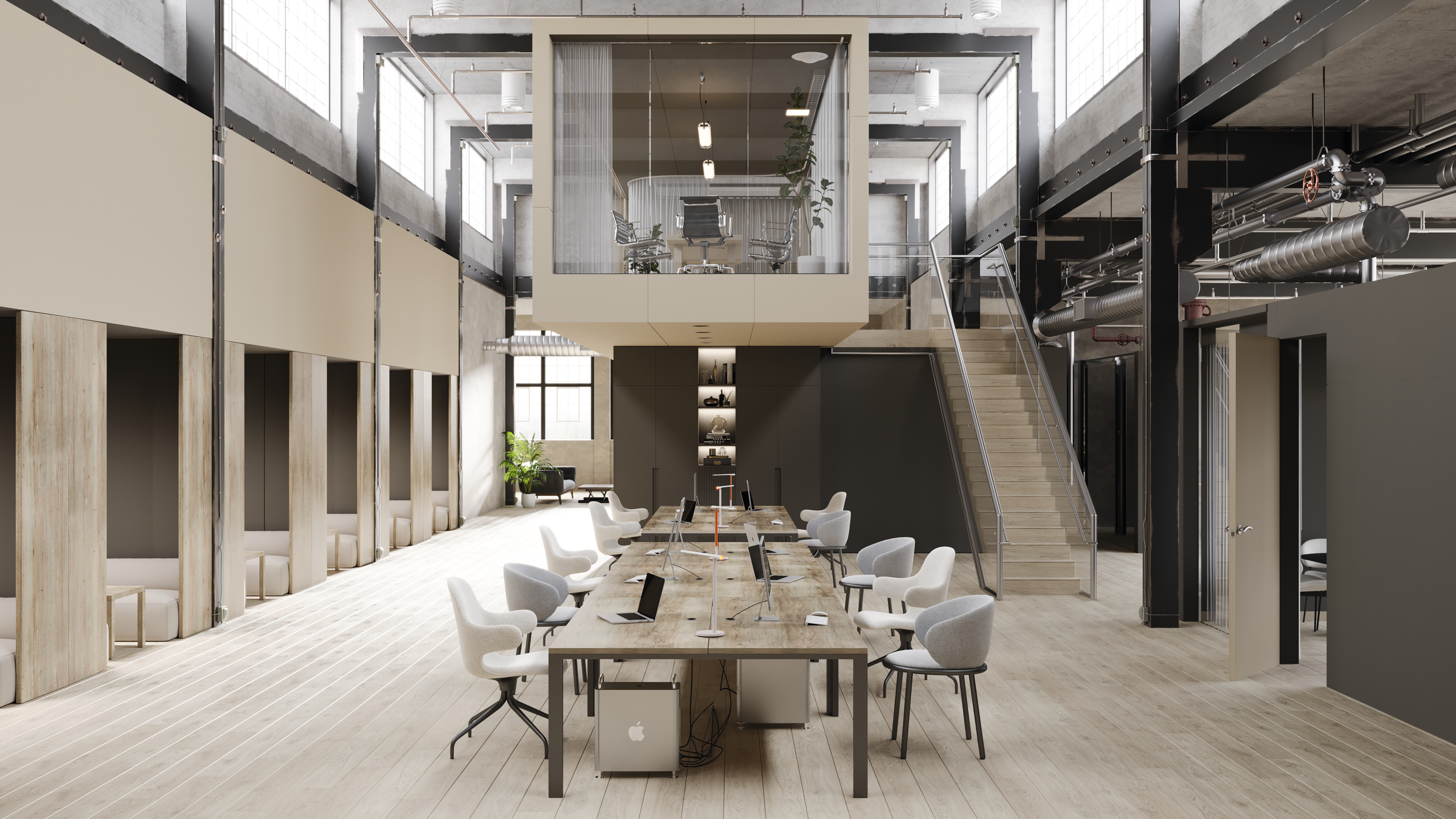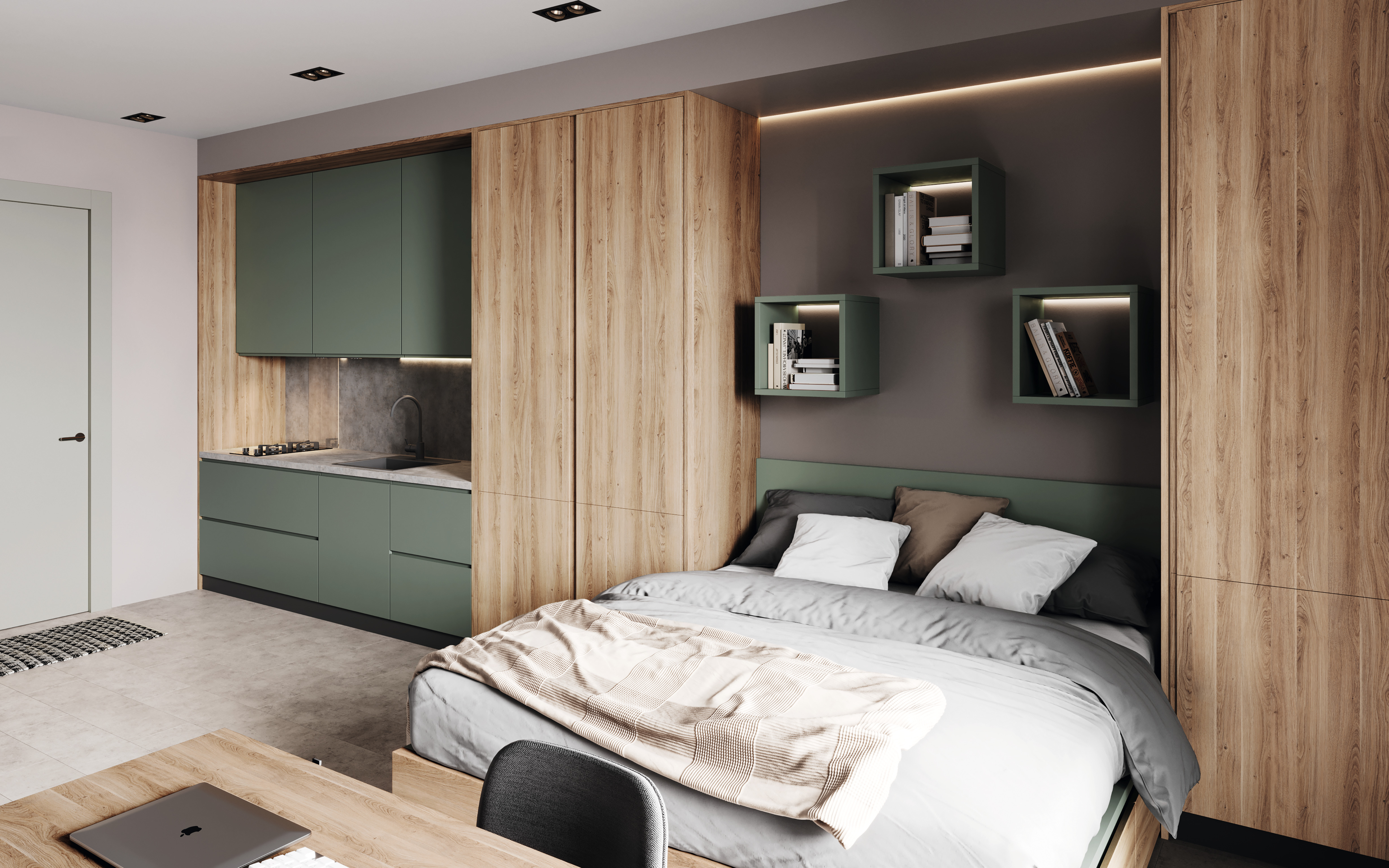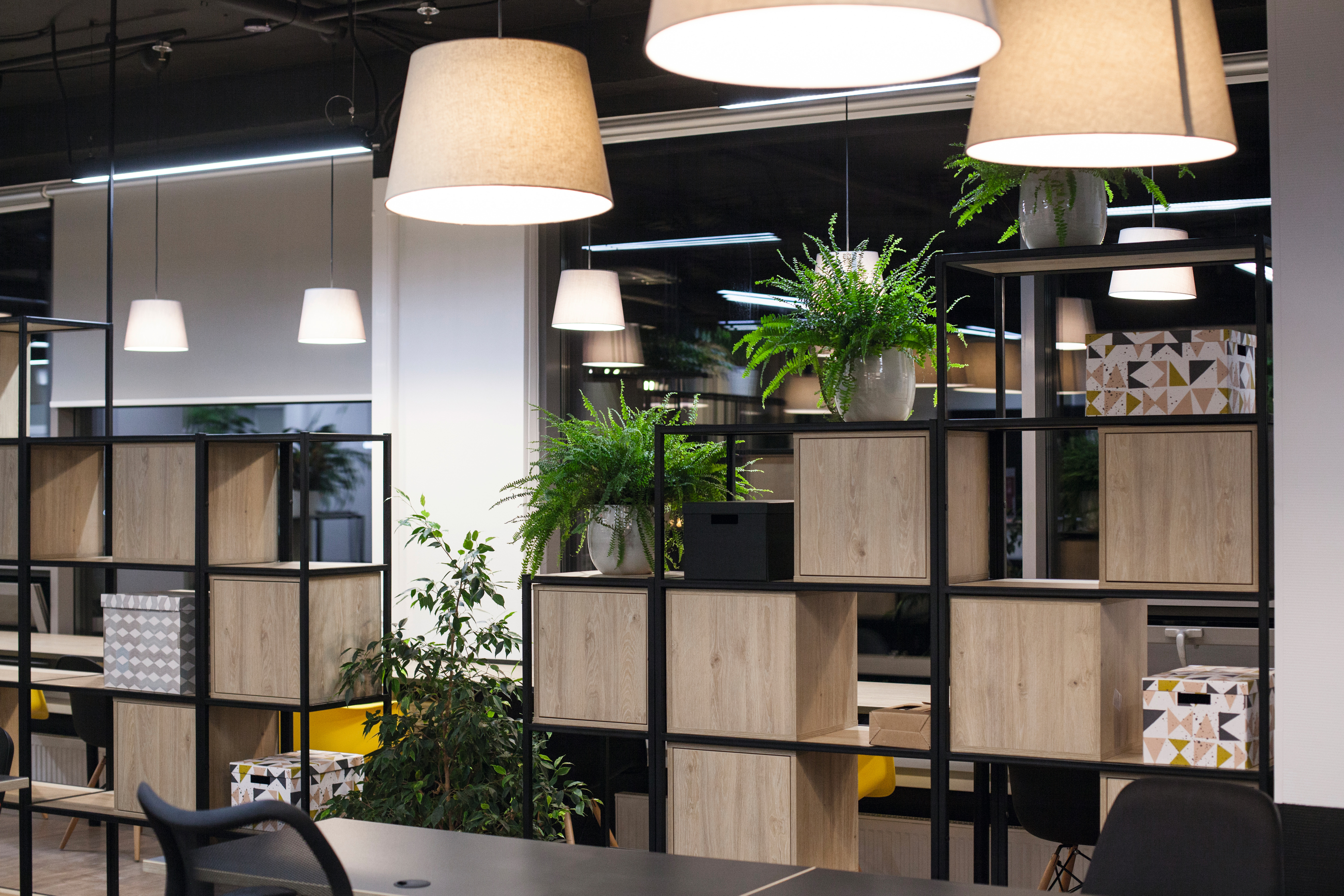
The workplace is back
In Q4 2022, London’s flexible office occupancy surpassed its pre-pandemic rate of 60%.*
Q1 2023 followed, with UK wide office use reaching a post-pandemic high of 34.3%. London's West End at 43.9% and Docklands at 49.4% pulled up the national average.** Both statistics show that the capital is healthily making its way towards a pre-lockdown headcount.
Isolation and disconnected relationships are among reasons cited for a return to the workplace.
At the same time, employees have become accustomed to the flexibility and lower commute pressures of remote working. These are benefits not readily given up, so attracting staff back to the office can be a hard bargain to drive.
* Source: Knight Frank
**Source: Savills
Workplace Wellness
Wellness is top of the workplace design brief for 2023 and beyond.
Employee health and wellbeing are driving the workplace evolution. Businesses are increasingly designing their offices around their employees’ emotional and physical needs. Both support the social element of the growing focus on ESG.
In interiors, this can come in many forms. Natural lighting. Biophilia. Access to the outdoors. Calming private areas and social spaces that nurture relationships.
True Potential LLP surpasses the brief in its stylish headquarters. Pairing an understated woodgrain decor with pops of colour, it provides a perfect balance between relaxation spaces and energised collaborative zones.
Natural light and a living wall further elevate the interior.
Images © House of Hues
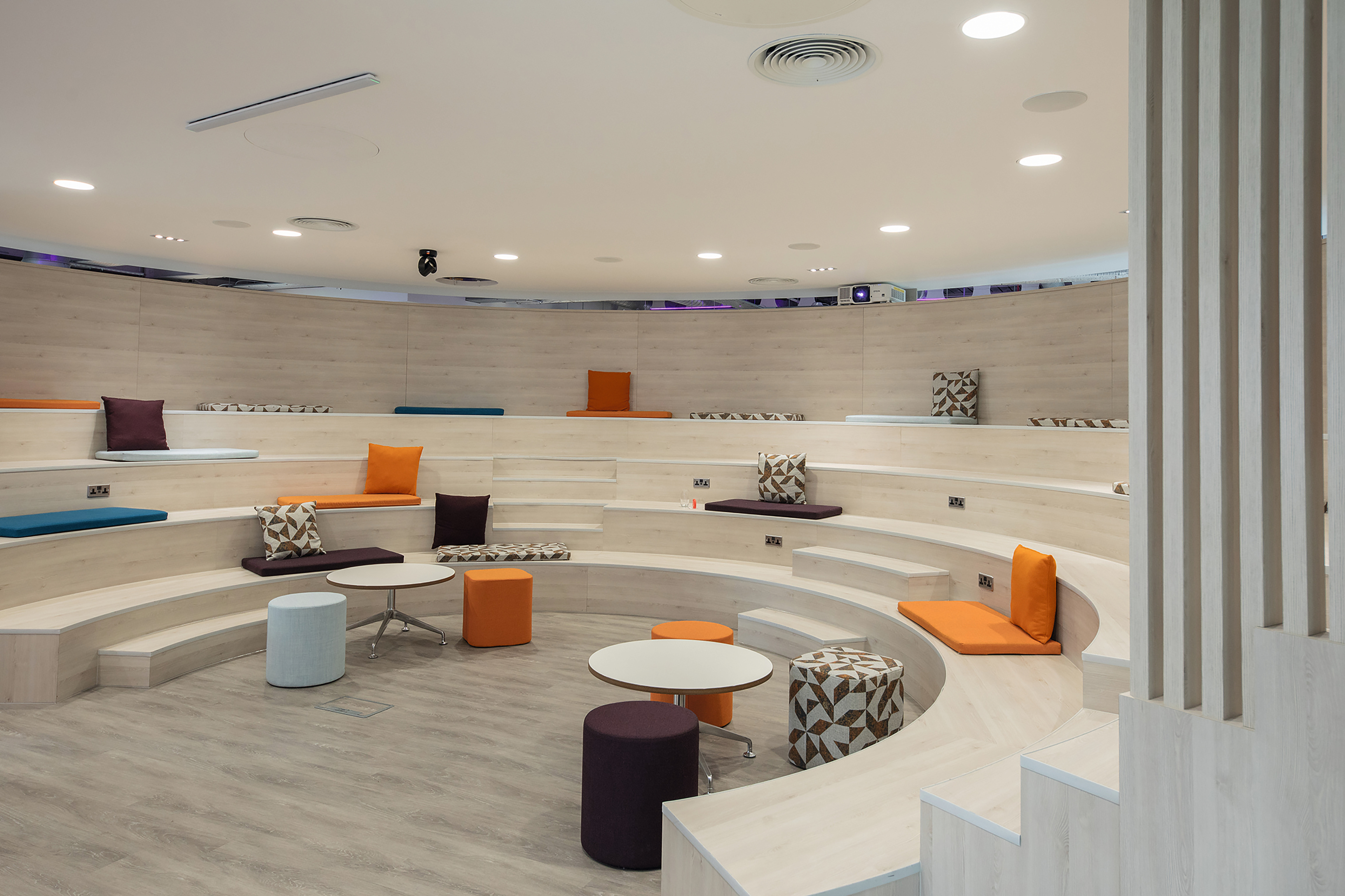
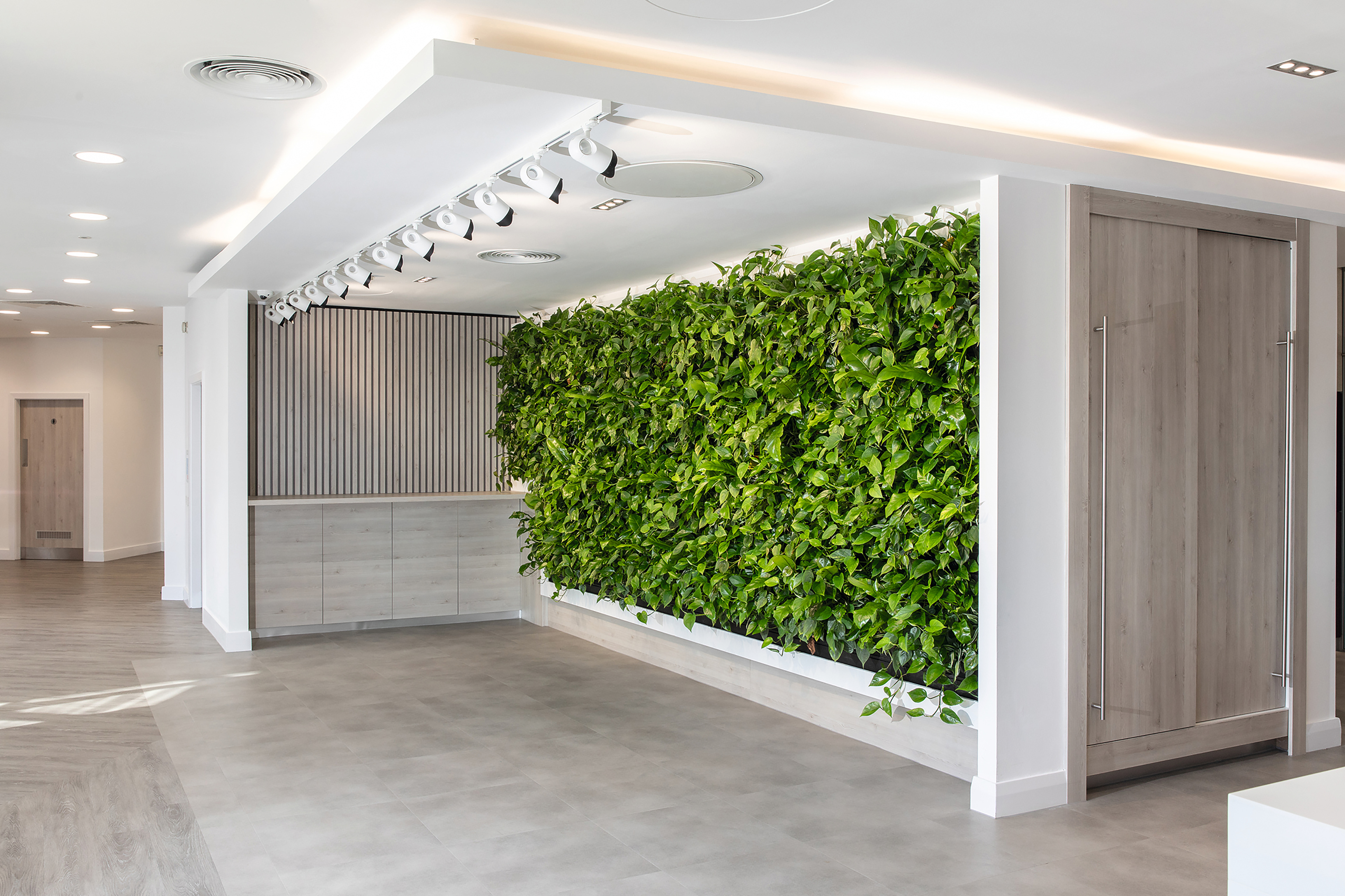
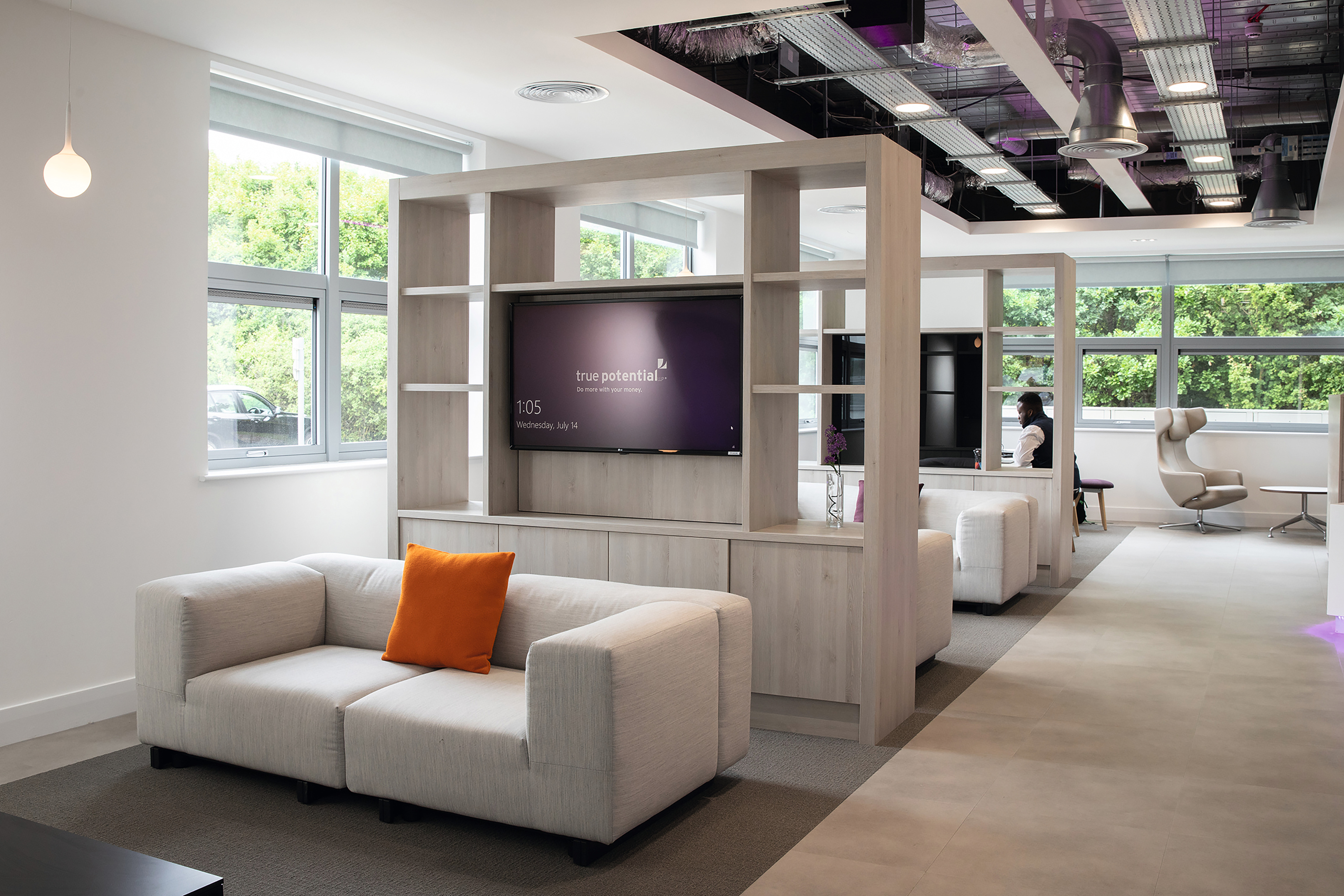
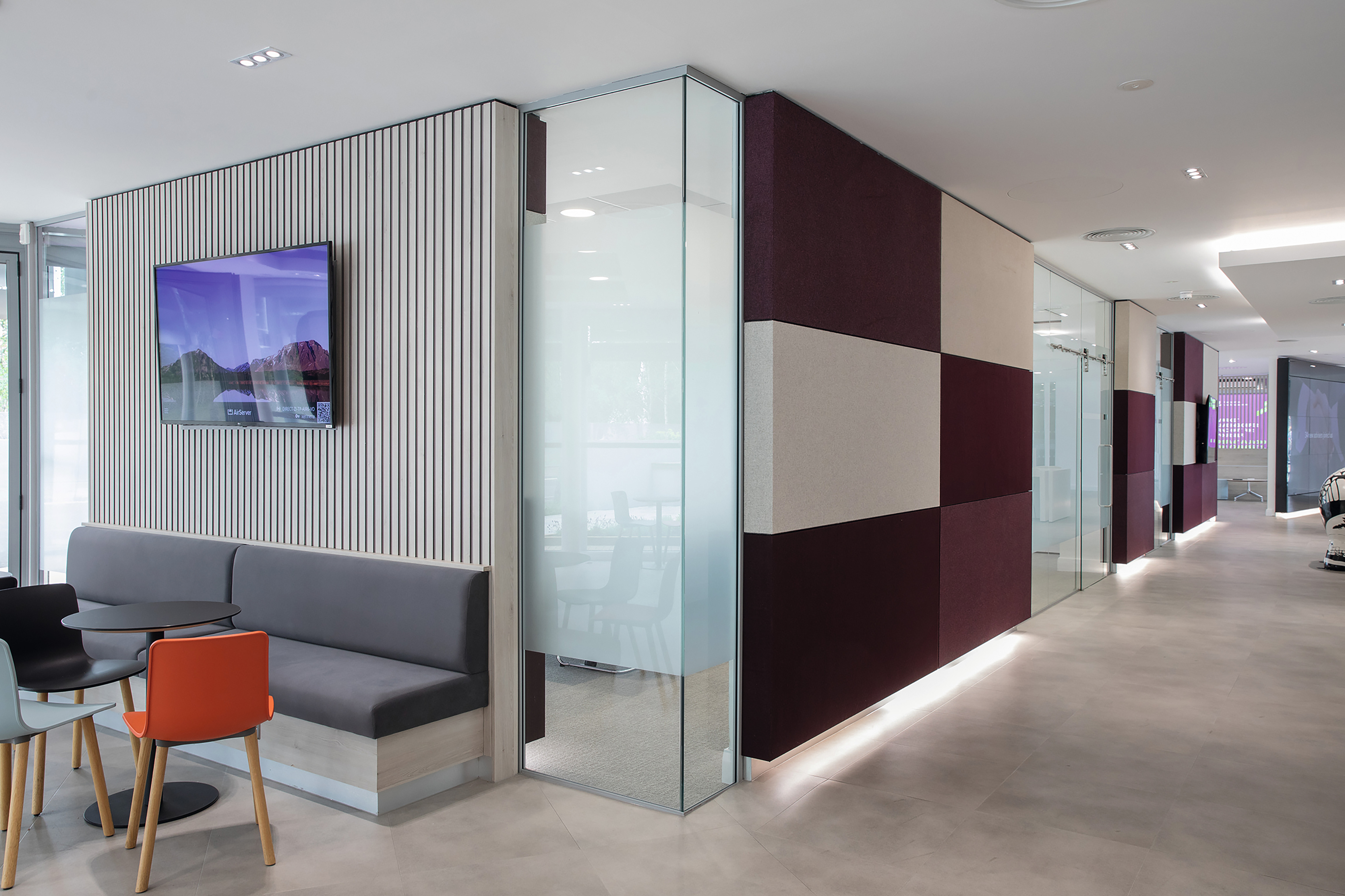
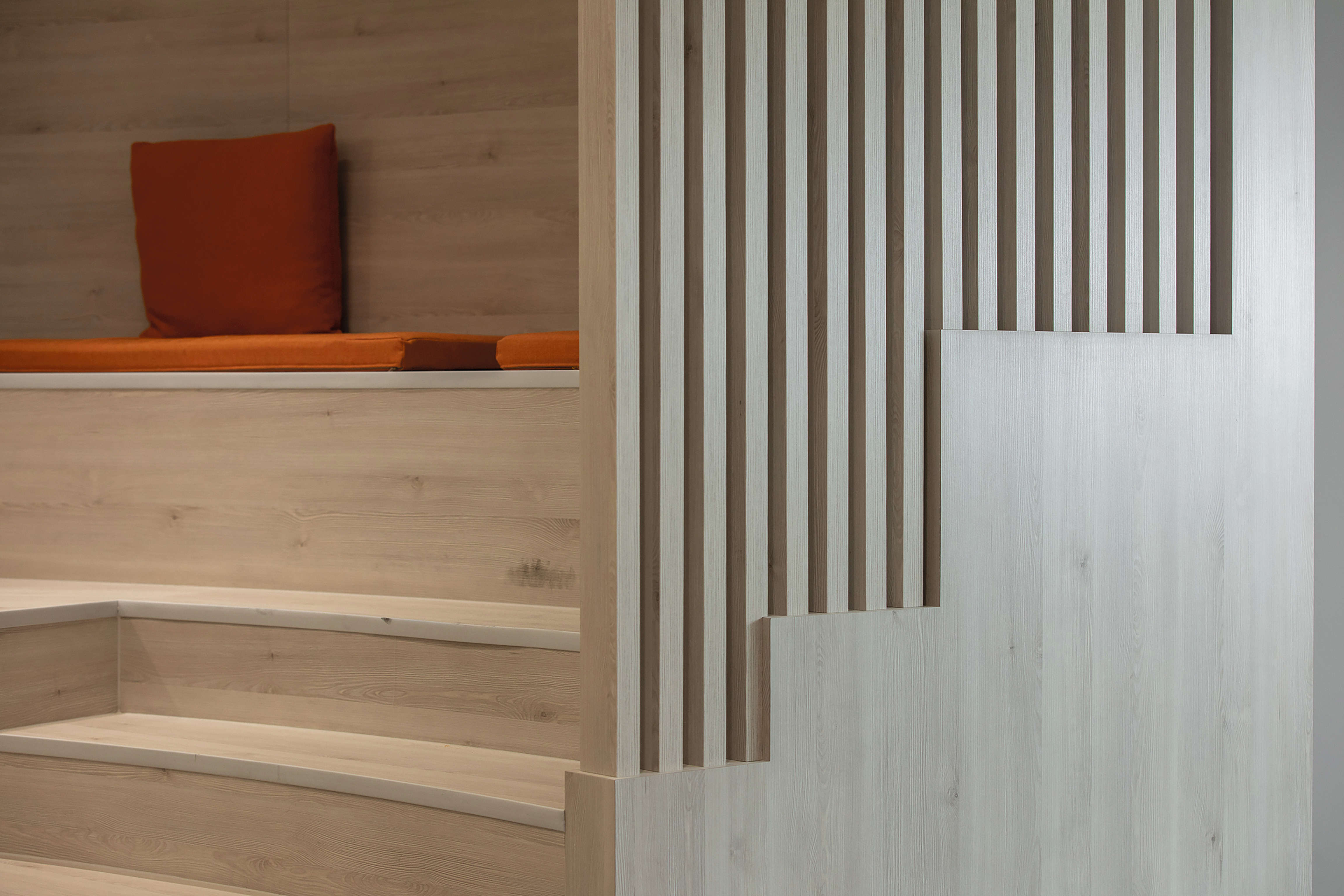
What about costs?
With successful value engineering, the brief can be met within cost restraints.
Ward Robinson Design chose EGGER’s matching materials to carry a uniform look through the workspace, allowing project fabricators to use the most cost-effective product for the application without altering the design aesthetic.
Eurodekor Faced Chipboard (MFC) is used for wall panels, slats, desks and cabinetry. It is ready to cut and edge without further processing, streamlining fabrication.
Laminate, with heightened resilience, is used for hard-wearing seating, table tops, and the internal doors in a pre-cut sheet size.
While laminate and MFC costs per m2 do not differ significantly, laminate requires bonding to a substrate and incurs additional costs as a result.
The matching finish means laminate bonding can be switched to MFC where applicable, removing extra costs. Matching ABS edging gives a neat finish to both materials.
Design: Ward Robinson
Fabrication: Graeme Ash

Register at myEGGER today to receiver quarterly issues of Specified direct to your inbox.
Don’t forget to double opt-in to stay informed.

